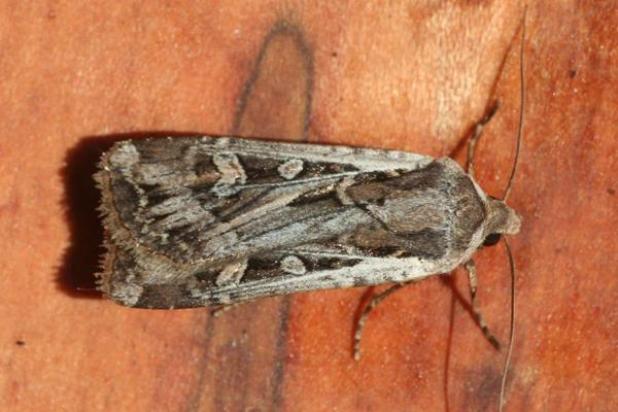
Don’t be surprised to see a lot of these army cutworms, or miller moths, flying around this year. — Whitney Cranshaw | Colorado State University
Expect an abundance of miller moths this year
If the swarms of flying insects infiltrating doorways, backyards and gardens the last several weeks are any indication, miller moth season in Colorado is here.
Following four straight years of below-average numbers for the winged creatures, the insect should be noticeably more abundant in 2020, according to Colorado State University entomologists Whitney Cranshaw and Frank Peairs, both professors in the department of agricultural biology and CSU Extension specialists.
“Flights of the moths crossing through into eastern Colorado on their annual migration to the mountains first became noticeable the first few days of May, much earlier than 2019, when noticeable numbers were first observed in late May,” the insect experts write in a fact sheet for CSU Extension.
Familiar to native Coloradans, “miller moth” is the common name for the adult stage of the army cutworm, a.k.a. Euxoa auxiliaris. They originate from fields across eastern Colorado and adjacent areas of western Kansas and Nebraska on a yearly westward migration, ultimately arriving in the mountains to spend the summer and returning to the plains in September.
Peak moth flights may last five to six weeks, generally starting the last week of May or early June. Already, the moths have damaged crops in Colorado, Nebraska and Kansas.
The full article is available in our e-Edition. Click here to subscribe.
